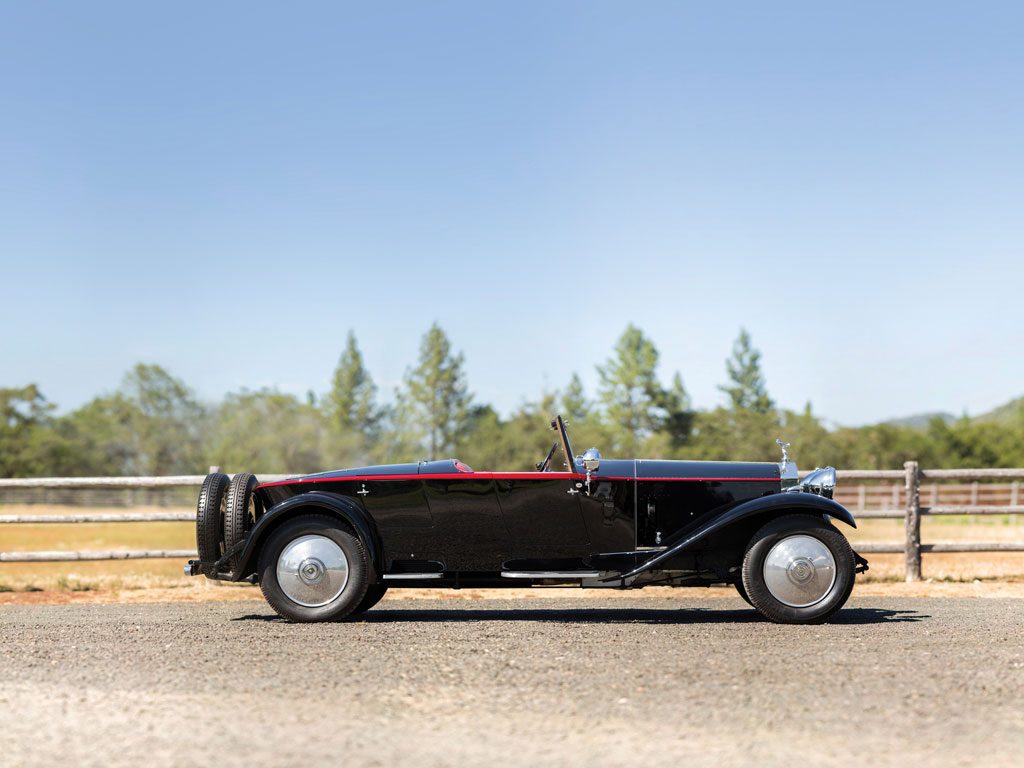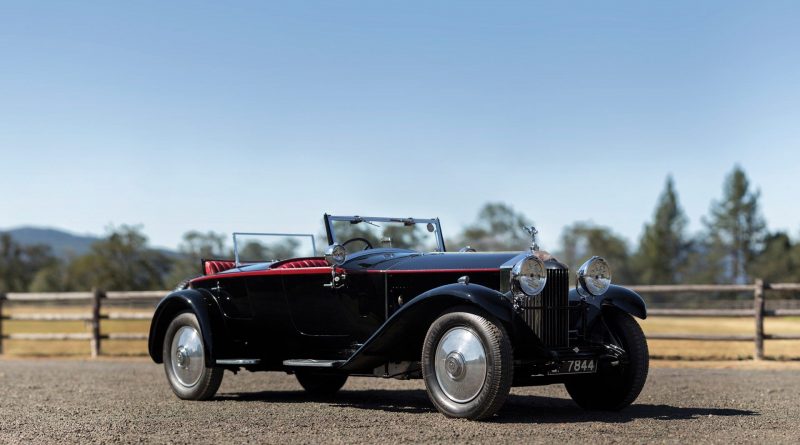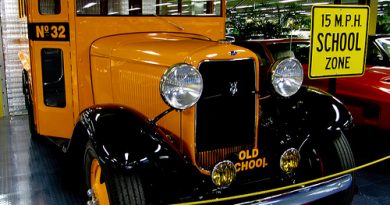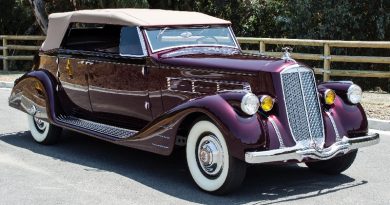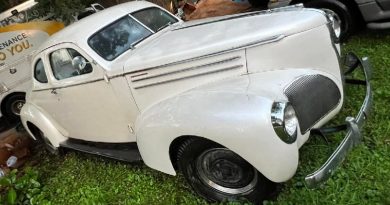1930 Rolls-Royce Phantom II Two-Seater Sports
The Phantom II was the first completely new car since the 20HP seven years earlier. The Phantom II was still rated 40/50 HP but was lower and the springing half-elliptic all around.
The car, although to Royce’s design and specification, was mainly the work of his West Wittering design team and included many innovations and a redesigned engine that, with the gearbox, was now one unit.
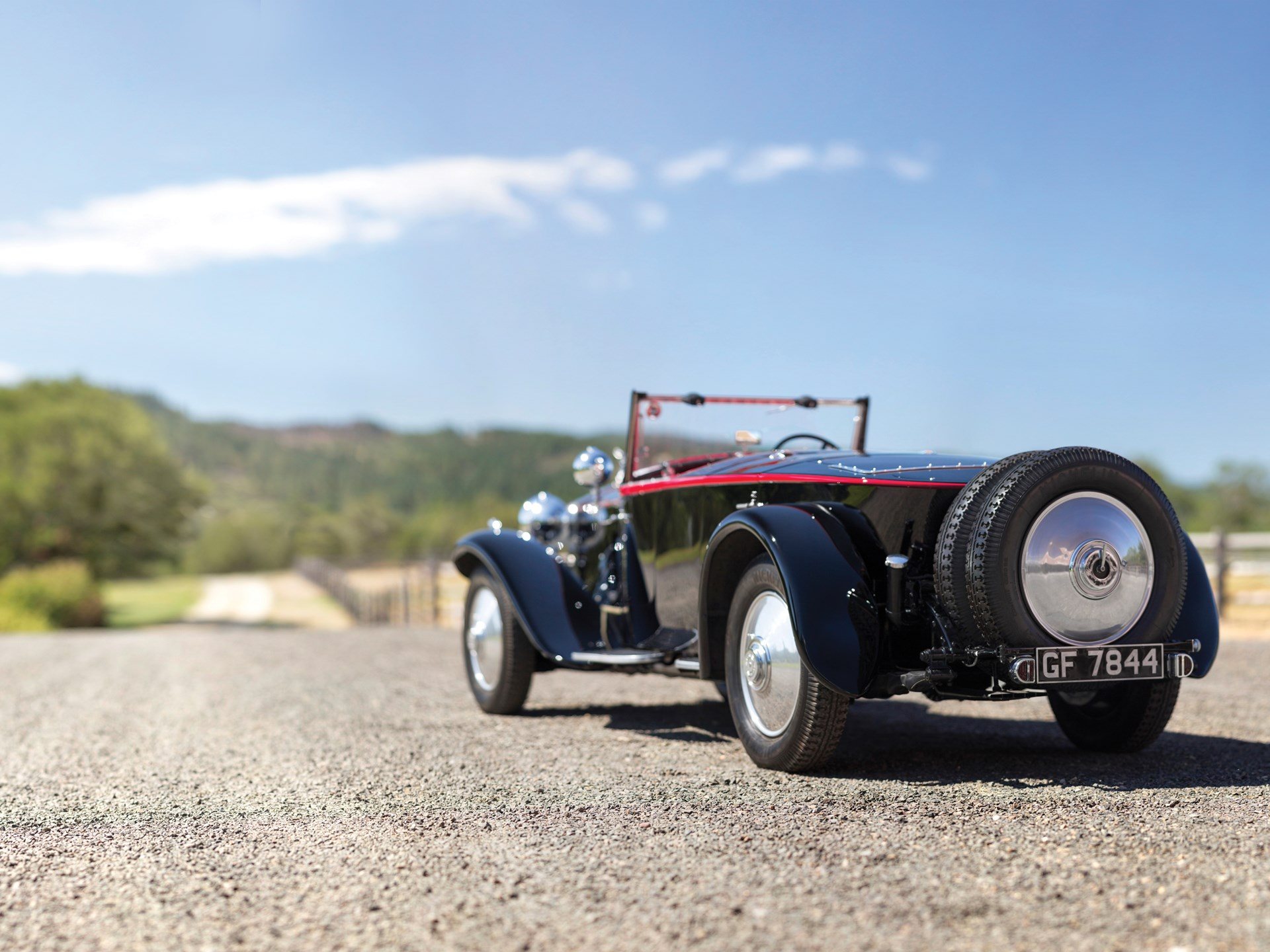
The introduction of the Phantom II, only four years after the Phantom I, was prompted again by increased competition from other manufacturers, particularly Buick and Sunbeam. Ironically, the head of Buick had bought a Phantom I and, which so impressed everyone at Buick that they stripped it and copied much of what they learned.

Royce himself knew they were lagging behind: ‘I have long considered our present chassis out of date. The back axle, gearbox, frame, springs have not been seriously altered since 1912. Now we all know it is easier to go the old way, but I so fear disaster by being out of date, and I have a lot of stock left, and by the sales falling off by secrets leaking out, that I must refuse all responsibility for a fatal position unless these improvements in our chassis are arranged to be shown next autumn, and to do this they must be in production soon after midsummer 1929.’
Royce was influenced by the lines of the current Riley Nine, and the manner in which the rear passenger’s feet were tucked comfortably under the front seats in ‘boxes’, enabling ‘close-coupled’ coachwork to be fitted. Royce decided to build a special version of the car for his personal use.
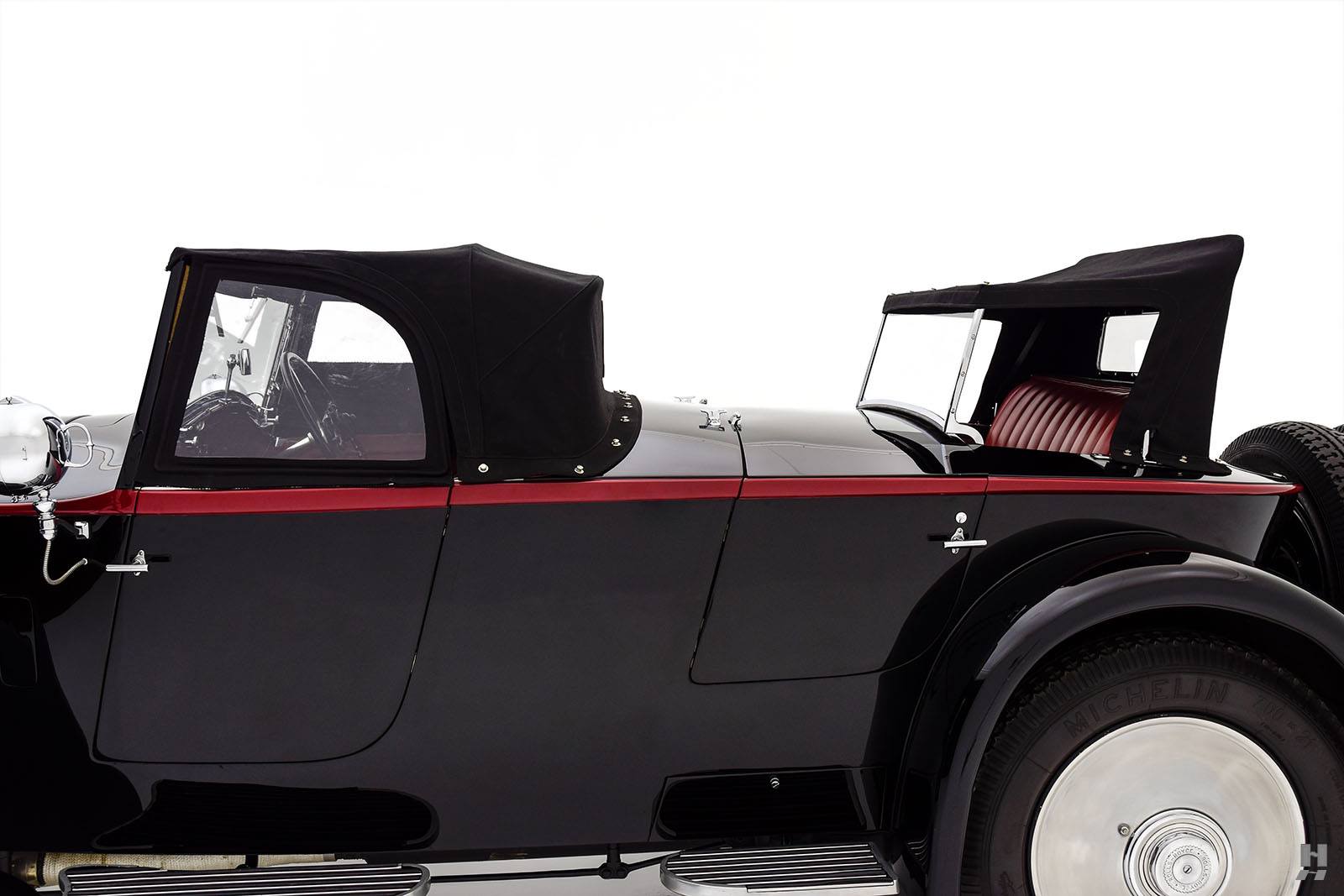
Superb coachwork with modern styling was now available and Royce decided on a lightweight sporting body, which Ivan Evenden designed and Bakers built. This car became the forerunner of the legendary Phantom II Continentals.
The chassis is the standard Phantom II short model with a few modifications. These consist of a low steering column and specially selected springs. There never was a defined speciation of a Continental Phantom II. The series to series engineering improvements were applied to all chassis.
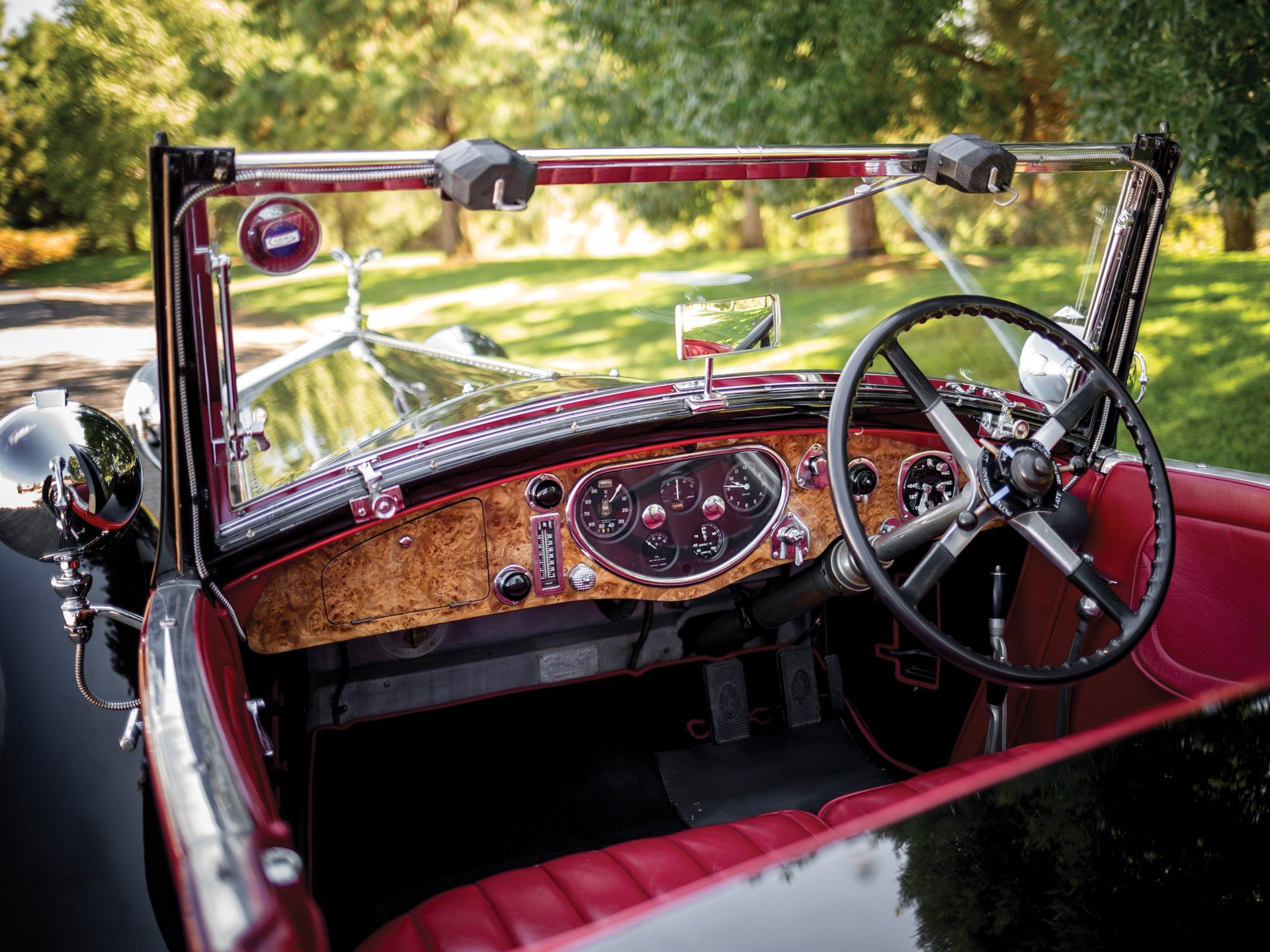
It is powered by a six-cylinder overhead valve engine that is capable of producing 120 horsepower. It has four-wheel servo-assist brakes and a four-speed manual gearbox. The Hooper coach-built body sits atop a 150-inch wheelbase. Its first owner ordered the vehicle on October 18th of 1929 and had the car delivered to Hooper on February 24th of 1930. The car was completed by April of 1930.
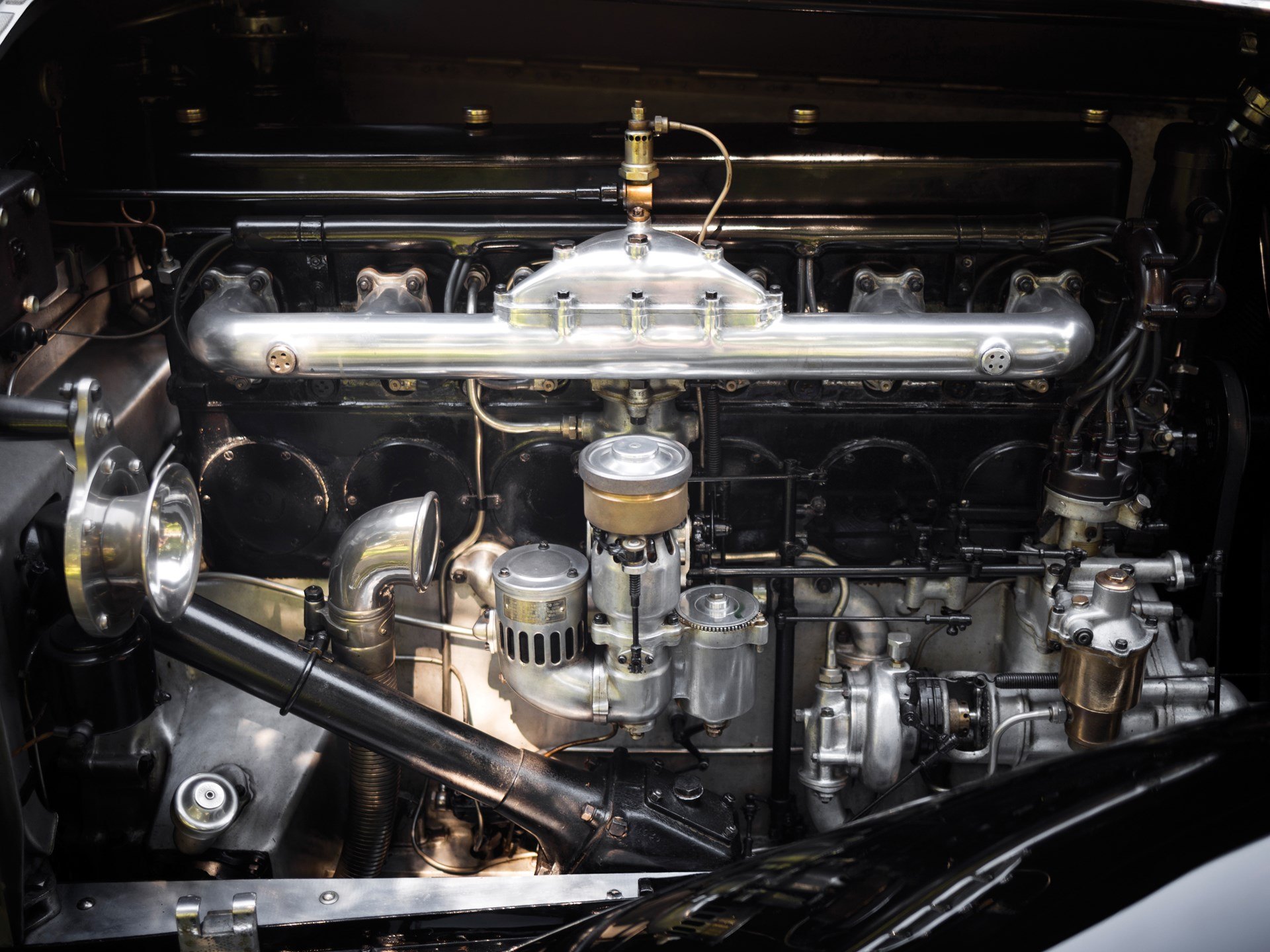
During World War II the car served the British Ministry of War Transport where it escorted special staff and high ranking officials.
This car has separate tops for the rear and front passenger compartments. There are side mounted curtains and a tonneau cover for both compartments as well. Located in the vehicles boot is a two-drawer tool kit which is completely original.
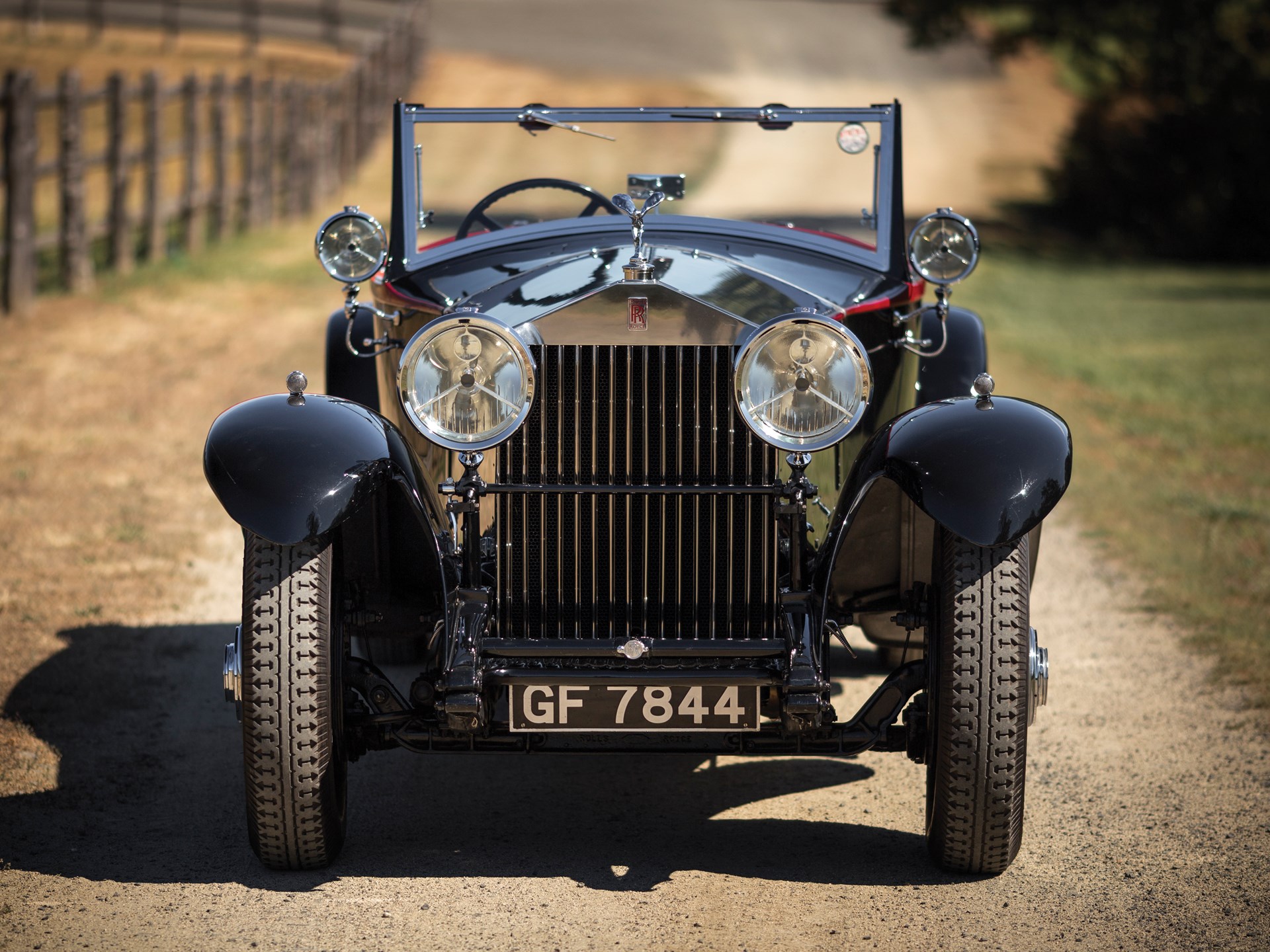
This car was shown at the 1997 Pebble Beach Concours d’Elegance where it was awarded the Lucius Beebe Memorial Trophy. The Classic Car Club of America has awarded the vehicle a senior first place.

